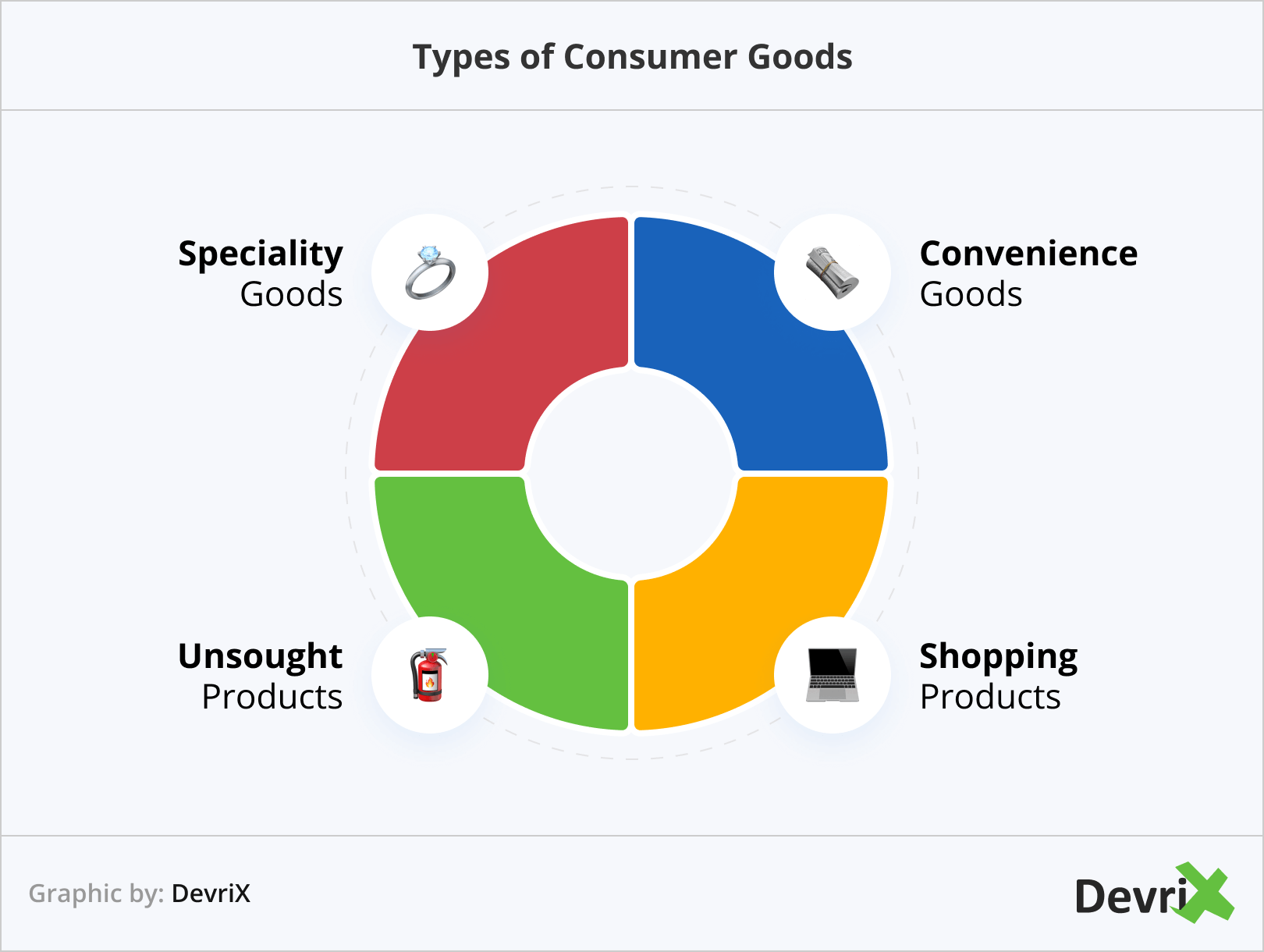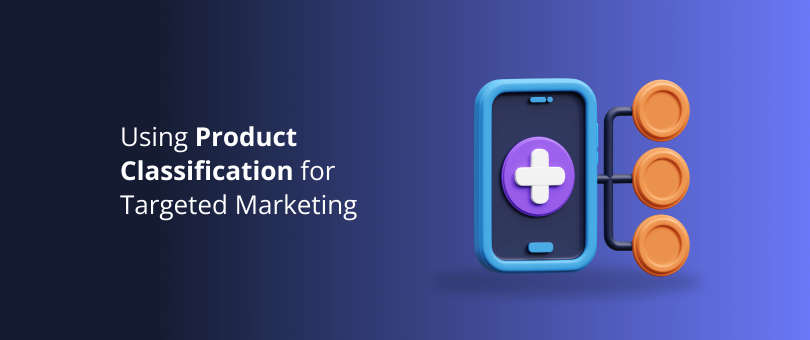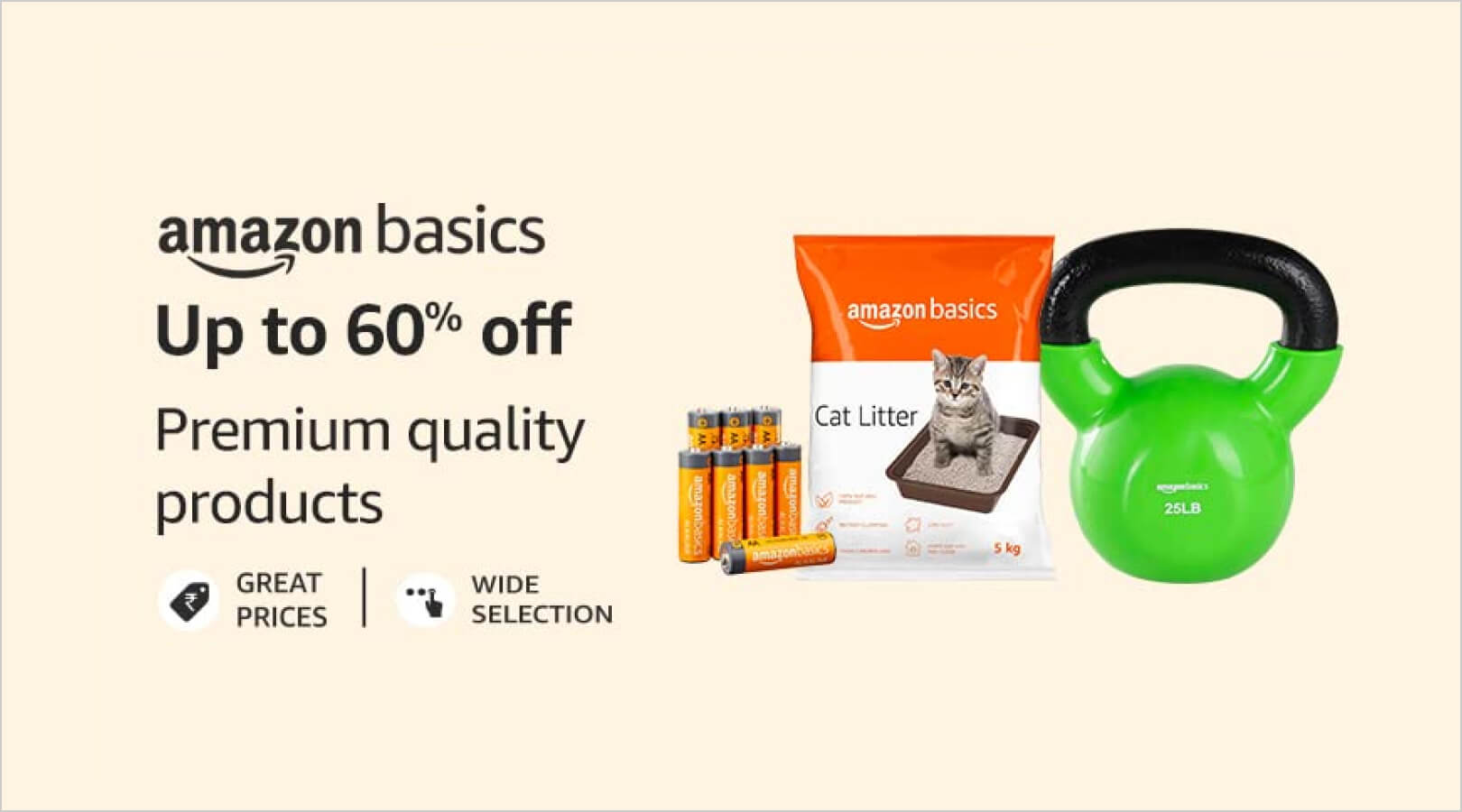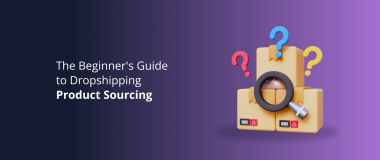There is a reason why so many people end up buying those candy bars placed conveniently near the cash register in the supermarket. Companies know their customers, and they know how to catch their attention, thanks to smart product classification.
Product classification is an essential tool if you want to target the right users. It determines which products are most popular with the public and what price points will be most effective.
In this article, we will be looking at various types of product classifications and provide a few marketing eCommerce strategies for each, helping you make the most of your targeted marketing.
Let’s start.
Readers Also Enjoy: How to Make a Strong Digital Marketing Strategy – DevriX
What Is Product Classification?
Product classification is a way of grouping products together based on their characteristics, consumer habits, and price range. It helps businesses to develop targeted marketing campaigns and strategies to meet consumer needs.
Product classification is not the same as product categories. Product categories are specific to a business, industry, or niche, while product classification is more general and can be used across different industries.
Understanding product classification can help you to target your marketing better. For instance, if your product falls under the “unsought goods” classification, you may need to take a more aggressive marketing approach to reach consumers who may not have considered your product or brand.
The 4 Types of Product Classification
There are four main types of product classifications: convenience products, shopping products, specialty products, and unsought products.

Convenience Products
Convenience products are items that are inexpensive, easy to find, and require little to no thought. They are often impulse buys that customers make without much consideration. As an eCommerce business, you can use convenience products to boost your sales and introduce customers to your brand.
For instance, if you sell electronics, adding affordable yet functional products like charging cables or screen protectors to your website can create a convenient customer experience for those who may have come to your site looking for a more expensive item. This can lead to them discovering more products that they love and increase their average checkout price.
Incorporating convenience products into your marketing strategy can be a smart move for eCommerce businesses as they can help increase sales, build customer loyalty, and improve your brand’s growth.
Shopping Products
Shopping products are items that customers purchase after careful consideration and research. Your role is to give all the information necessary so that your customers feel confident in their purchases.
This means providing detailed product descriptions, high-quality images that showcase the product from different angles, and customer reviews. You can also consider offering promotions or product bundling options to help incentivize customers into making a purchase.
For example, you could offer a discount on a matching set of headphones and a phone case when a customer purchases a smartphone. This will more than likely encourage the customer to add additional items to their purchase, therefore, increasing their average checkout price.
Specialty Products
Specialty products are unique and cater to specific consumer needs or desires. Customers don’t need specialty products; they want them because they are meaningful to them in some way.
It’s crucial to understand what sets your specialty products apart from the competition. Do they have a unique feature or design that makes them stand out? Or are they made with premium materials or ingredients that make them worth the extra cost?
To make your specialty products shine, consider implementing influencer marketing campaigns or creating exclusive promotions that showcase their unique qualities. This can help build excitement around your products, and improve sales.
For example you could partner with a popular tech influencer to create a custom bundle that’s only available thanks to them.
Unsought Products
Unsought products are goods and services that consumers don’t regularly seek out and buy because they’re unknown, unpleasant, or unnecessary to them at a given time. For instance insurance, smoke detectors or vacuum cleaners. Customers don’t think about them until they need them. These products often require heavy advertising and aggressive selling techniques to create demand.
Unsought products are usually expensive, have a high degree of risk associated with them, and require a lot of information before consumers can make a purchase decision they are satisfied with.
To sell unsought products, you need to create awareness and interest in your products through creative marketing tactics and techniques.
Why Should an eCommerce Business Classify Products?
Product classification is crucial to eCommerce because it targets the needs and preferences of their target audiences and increases sales and customer satisfaction.
Here are a few reasons why you should classify products:
- You better understand consumer behavior. By understanding the different types of products that consumers buy, you can create effective marketing strategies.
- You can optimize marketing campaigns. Product classification can help determine the primary demographic to which advertisers can target with their marketing campaigns.
- It helps determine product demand. Knowing the different types of products that consumers buy can help determine product demand so as to make informed decisions about product development, pricing, and distribution.
- Pricing. The type of classification a product receives can change the way it’s priced.
- Competitive awareness surrounding the product. Product classification helps your business meet and, and hopefully exceed, the standards set by competitors. By understanding what types of products your competitors are selling, you can create unique products that stand out from the crowd.
How to Market Different Types of Products
Marketing Convenience Products
The primary marketing strategy for convenience products is extensive distribution. This means that the product must be placed in as many different locations, from eStores to gas stations, as possible.
Another common marketing strategy for convenience products involves using promo codes. For your eCommerce business, you can place them in pop-ups, before checkouts, on the homepage, as part of a banner, and more. These can also be a part of your social media strategy, promoting through social media and newsletters.
In order to stand out from the crowd, you might also consider the packaging you are going to use. Packaging helps differentiate your brand from the dozens of others selling the same product. Focus on using bright colors, unique shapes, or gamification techniques to make your product stand out.
AmazonBasics is a prime example of convenience product marketing. They offer a wide range of everyday items such as electronics, home essentials, and office supplies while catering to the needs of customers seeking convenience and value in their purchases.
Readers Also Enjoy: SEO Product Description: Your Business Cannot Live Without It – DevriX
Marketing Shopping Products
This requires a more refined and strategic approach to attract and engage customers, drive sales, and create a seamless shopping experience.
The main marketing strategy here is to provide information that helps customers make the decision to buy your product instead of going to the competition.
Nike always comes to mind as the genius that knows how to highlight the quality and durability of their products.
Thankfully, there are plenty of strategies and techniques to improve your content, website visibility and customer satisfaction.
- Segmentation and Targeting. Identify your target audience and segment them based on demographics, behavior, and preferences.
- Search Engine Optimization (SEO). Optimize your eCommerce website and product pages to improve visibility and organic rankings.
- Mobile Optimization. With the increasing use of mobile devices for online shopping, it is crucial to have a mobile-friendly website.
- Social Media Marketing. Leverage social media platforms to promote your shopping products, engage with customers, and drive traffic to your eCommerce website.
- Personalization. Use customer data and behavior analysis to personalize the shopping experience.
- Customer Reviews and Ratings. Encourage customers to leave ratings and reviews of your products. Display customer testimonials prominently on your website and leverage user-generated content in your marketing campaigns.
- Upselling and Cross-selling. Recommend related or complementary products to customers during the shopping process.
Marketing Specialty Products
Marketing specialty products requires a different approach. Specialty products are unique and therefore need a more targeted marketing strategy.
Here are some smart techniques that can be used to market specialty products in eCommerce:
- Niche Marketing. Niche marketing involves targeting a select group of customers who are interested in your product. By identifying this audience, you can create a marketing campaign that speaks directly to them.
- Influencer Marketing. By collaborating with influencers who have a similar target audience, you can increase brand awareness and improve traffic to your website.
- Product Bundling. By bundling your specialty product with complementary products, you can increase the perceived value of your product and encourage customers to make a purchase.
- Content Marketing. By providing useful information and building trust with your audience, you can increase brand awareness and drive sales.
When you think about specialty products, you might think of Apple. Apple is renowned for its innovative and unique products. They employ niche marketing techniques to target specific customer groups interested in their products.
Additionally, Apple utilizes influencer marketing, partnering with celebrities who endorse their products. They also employ product bundling by offering complementary products. Lastly, Apple uses content marketing to create valuable and attention-grabbing content.
Marketing Unsought Products
Marketing unsought products can be challenging as these products are not actively sought by consumers. However, there are several techniques that can be used to market unsought products effectively. Here are a few of them:
- Educational Marketing. Educating consumers about unsought products is an effective way to market them. By providing information about the product and its benefits, you can create awareness and generate interest among potential customers.
- Creating a Need for the Product. If you can’t seem to educate consumers about your unsought product, you need to create a need for it. This can be done by highlighting the problems that the product solves or by emphasizing its unique features.
- Using a Mix of Marketing Channels. Using a mix of marketing channels such as social media, email marketing, and content marketing can help you reach a wider audience and increase brand awareness.

Take Medical Alert as an example. Marketing unsought products, such as Medical Alert, involves educating consumers about the product’s benefits. Effective techniques include direct selling, niche marketing, and emphasizing the system’s benefits to elderly consumers.
Readers Also Enjoy: Mastering the Art of Consumer Education: 5 Ways to Help Leads Convert – DevriX
Wrap Up
Effective product classification is essential to targeted marketing. By gaining insights into consumer behavior and optimizing marketing campaigns, eCommerce businesses can significantly enhance their sales.
It is crucial to classify your products accurately and implement the appropriate strategies so that you can improve product growth and increase conversions.







![Order Management System for eCommerce [A Beginners Guide]](https://devrix.com/wp-content/uploads/2023/08/Order-Management-System-for-eCommerce-A-Beginners-Guide-380x160.png)